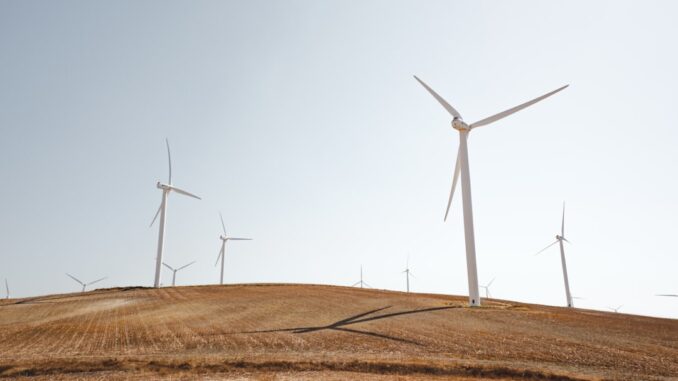
Summary
This article provides a concise, step-by-step guide for achieving remarkable energy efficiency in new building constructions. From prioritizing insulation and optimizing HVAC systems to harnessing solar energy and educating occupants, each step contributes significantly to minimizing energy consumption and promoting sustainable practices. By implementing these strategies, builders can create eco-friendly structures that benefit both the environment and occupants.
Successful low-energy building design hinges on careful planning. Focus360 Energy can help.
Main Story
Okay, let’s talk about energy-efficient buildings. It’s way more than just a buzzword these days; it’s a real necessity, you know? We’re talking about minimizing our footprint on the planet and, let’s be honest, keeping costs down in the long run. So, how do you actually do it? Well, here are five actionable steps that you can start thinking about, especially when designing new buildings.
First up, and arguably the most crucial step, is this: Think of your building wrapped in a cozy blanket – that’s your high-performance insulation. It’s all about stopping heat transfer, keeping things nice and toasty inside when it’s freezing out, and vice versa. For new builds, use the best insulation materials you can find and explore innovative wall systems that add that extra layer. It’s kinda like a thermos, keeping warm things warm and cool things cool. And don’t forget about sealing up all those sneaky air leaks around windows and doors – those little gaps can add up! Trust me, a well-insulated building uses way less energy for heating and cooling, which translates to serious savings on your monthly utility bills.
Next, let’s talk about the heart of your building: the HVAC system. This is where you should be opting for multi-speed systems. These clever systems adjust their power output based on the real needs of the space, instead of just blasting out full power all the time. For instance, picture a day that’s not quite cold but still a little chilly – the HVAC doesn’t need to work as hard. Also, pairing the system with energy efficient windows, like low-E glass, and using spray foam insulation in those hard to reach areas? Game changer. Oh, and don’t forget regular maintenance; that’s key to keeping the whole system running efficiently. I’m a big fan of programmable thermostats, too. You can set them to adjust depending on the schedule and people in the space.
Have you thought about using the sun? It’s a free resource, why not use it? That’s why integrating solar panels into the building’s design is a fantastic idea. It reduces your reliance on traditional energy sources and gives you a green boost. Depending on where you are and how big your solar setup is, you might even make some money selling the extra power back to the grid. Plus there’s something so cool about leveraging passive solar design, like angling the building for maximum winter sun while minimizing the hot summer rays. You’ll definitely want some kind of shading device to avoid overheating.
Every little bit matters so, let’s talk appliances and lighting. You’d be surprised how much energy they use. So, when outfitting your building, make sure you use appliances that are Energy Star certified. They use significantly less power than standard models, It’s like switching from an old clunky car to a hybrid. And lighting? LED all the way. These use up to 75% less energy and last way longer than traditional bulbs, saving you money both in energy and maintenance. In fact, consider installing motion sensors that shut off lights when nobody is around, another easy win.
Finally, and I think this is often overlooked, you’ve gotta get your building occupants involved. Even the most efficient building can fail if people don’t know how to use it correctly. You need to provide clear instructions on how everything works. Explain the benefits of turning off lights and adjusting thermostats. If you equip your space with smart home technology people can monitor the energy use in real-time. This information can be really useful, and encourage responsible habits. I once worked in a place that just didn’t explain how to use anything, and everyone was always adjusting the thermostat up or down which wasted so much energy and money!
In short, these five steps aren’t just about being ‘green;’ they’re about building smart. It’s about creating spaces that are comfortable, cost-effective, and sustainable for the future. It’s not just a trend, it’s the way things should be done. You know?


Building a cozy blanket house sounds delightful, especially if it comes with a programmable thermostat that predicts when I need extra snuggliness. Can I pre-order one?
That’s a fun idea! The concept of a predictive thermostat really highlights how technology can personalize energy efficiency. It’s not just about saving energy, it’s about enhancing comfort in a smart way. I think combining insulation with intelligent systems like that is the future.
Editor: FocusNews.Uk
Thank you to our Sponsor Focus 360 Energy – https://focus360energy.co.uk